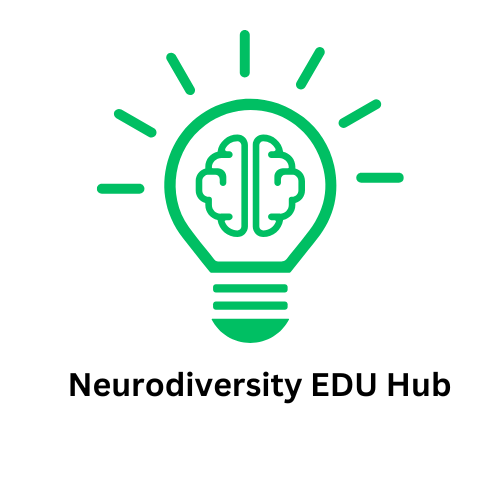
Understanding Emotional Triggers in the Classroom
Emotional dysregulation can present significant challenges in the classroom, particularly for students with ADHD. When emotions run high, it can disrupt learning and create a challenging environment for both teachers and students. It's vital to first understand what triggers these emotional outbursts—academic pressures, peer conflicts, or transition periods are just a few potential culprits. By recognizing these triggers, educators can take preventative steps to mitigate them.
Creating Effective Cool-Down Zones
One proven method to help calm a triggered student is to establish a cool-down zone. This is a designated area within the classroom that's soothing and conducive to recovery. Imagine a nook with dim lighting, soft colors, calming images, fidget toys, and noise-cancelling headphones. Such an environment not only allows students to decompress but gives them tools to soothe themselves when feeling overstimulated.
The Power of Mindfulness in Education
Incorporating mindfulness practices can provide significant help for students dealing with emotional upheaval. Regular exercises focusing on breathing techniques and mindfulness activities can instill a sense of calm and enhance emotional control. A recent study highlighted the positive effects of mindfulness on students' abilities to manage their emotions and make thoughtful decisions rather than impulsive ones. Integrating these practices can turn a chaotic classroom moment into a learning opportunity for students to connect with their feelings.
Fostering a Growth Mindset to Build Resilience
Teachers can play an instrumental role in nurturing students' resilience through the promotion of a growth mindset. Instead of solely focusing on academic achievements, praising a student's effort and ability to overcome challenges can provide motivation and set the tone for a supportive classroom environment. This shift can empower students to embrace their struggles, seeing them as opportunities for growth rather than as setbacks to their academic journey.
Active Classroom Engagement Strategies
Integrating active engagement strategies, such as flexible seating and scheduled movement breaks, can help direct a student's focus away from potential triggers. Allowing students to choose their seating arrangement—be it a bean bag chair or sitting on the floor—gives them agency over their learning environment. Likewise, short, structured breaks throughout the day encourage physical movement, which can improve mood and concentration levels.
Communicating Emotionally: Check-Ins and Tools
Regular emotional check-ins using tools like mood charts and emotion wheels can assist students in articulating their feelings. Often, students struggle to express themselves verbally; these visual aids can bridge that gap, bringing their emotional state to the forefront and providing educators with valuable insights into their well-being. By normalizing these conversations, the classroom becomes a safer space for students to share and reflect.
Creating a Supportive Classroom Culture
A supportive atmosphere is key to reducing instances of emotional dysregulation. Implementing a strict no-bullying policy not only addresses aggressive behavior promptly but creates a culture where students feel safe to express themselves. Merging emotional well-being with academic expectations establishes a holistic educational approach that benefits all students, particularly those navigating ADHD challenges.
Proactive vs. Reactive Strategies: A Balanced Approach
Managing emotional dysregulation effectively requires a combination of proactive and reactive strategies. While efforts to prevent outbursts are critical, understanding how to respond during an incident is equally important. Remaining calm and guiding students through their emotional experience will not only de-escalate the situation but can also foster further emotional intelligence.
The Long-Term Benefits of Understanding Emotional Dysregulation
Investing time and resources into understanding and addressing emotional dysregulation creates long-term gains for both teachers and students. It enhances not only the educational experience but fosters emotional resilience, essential for student success beyond the classroom. By implementing these strategies, teaching becomes an engaging process not only for students with ADHD but for every child in the room.
Through understanding and addressing triggers, creating calm spaces, fostering resilience, and promoting mindfulness, educators can make a real difference in the lives of students experiencing emotional challenges. Now is the time to embrace these techniques in your classroom!
 Add Row
Add Row  Add
Add 




Write A Comment